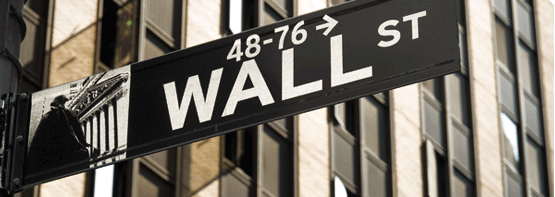
Wall Street, The Federal Reserve Bank and Foreign Banks
Wall Street
Wall Street is the name people use for the area in New York City where the New York Stock Exchange (NYSE) and other stock exchanges (a place where people sell stocks, bonds and other kinds of securities) are located. After the Treasury sells a security at an auction (the auction amount is called an offering), the security can be bought and sold in what’s referred to as the “secondary market.”
The Federal Reserve
The Federal Reserve buys and sells Government securities. It is the central bank of the U.S. and also acts as a fiscal agent for the U.S. Treasury. The Federal Reserve System is a network of 12 regional Federal Reserve banks located in different states across the country. It is led by the Board of Governors, each of whom is appointed by the President and approved by the Senate.
Created in 1913 to help stabilize the American banking and financial system, the Federal Reserve handles the country’s monetary (money) policy. That means it decides what interest rates should be and helps make sure banks are stable. The goal of the monetary policy is to help the economy grow and keep prices stable for the things you buy.
The policy also works to try to keep unemployment low. The Federal Reserve also acts as a bank for other banks by keeping their extra money safe and by lending them money. It does things such as getting a supply of bills and coins to banks, and handling checks and electronic payments.
Foreign Banks
Foreign banks often buy U.S. Treasury securities as investments. In 2010, about 25 percent of all U.S. Government debt was held by foreign investors. Out of that group of investors, a very large percentage of U.S. debt is held by the central banks of foreign countries. Japan and China hold the biggest percentages of that debt.








